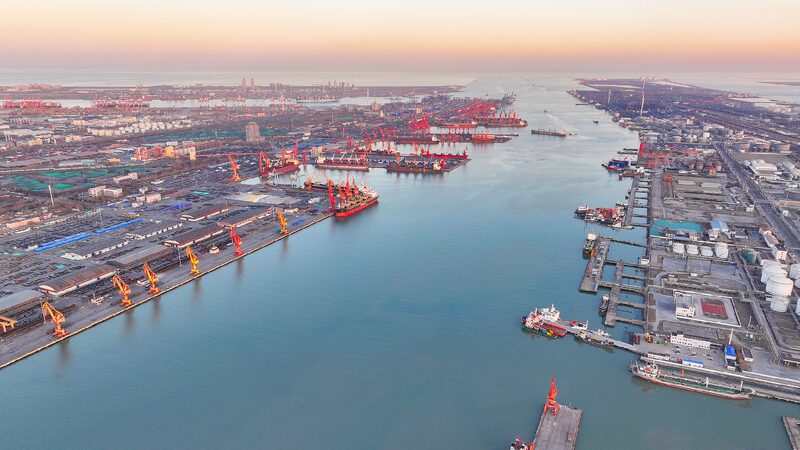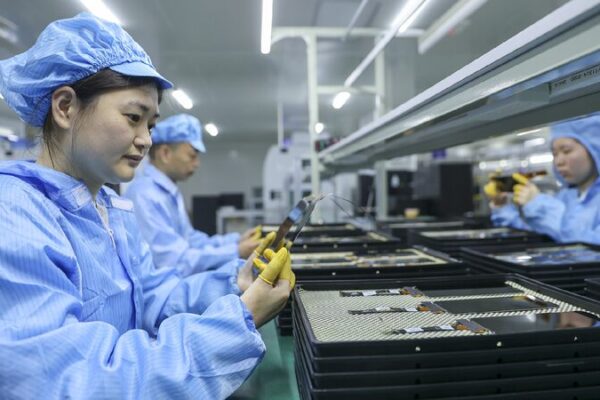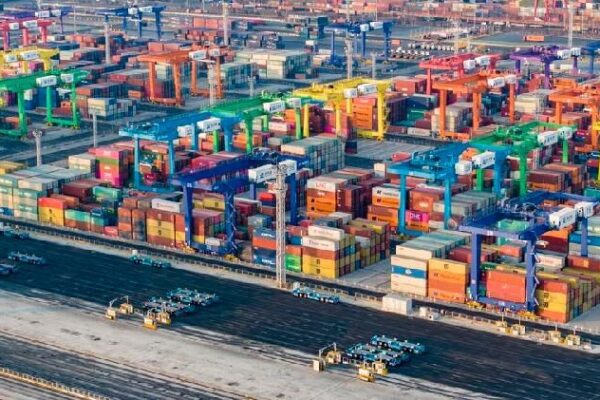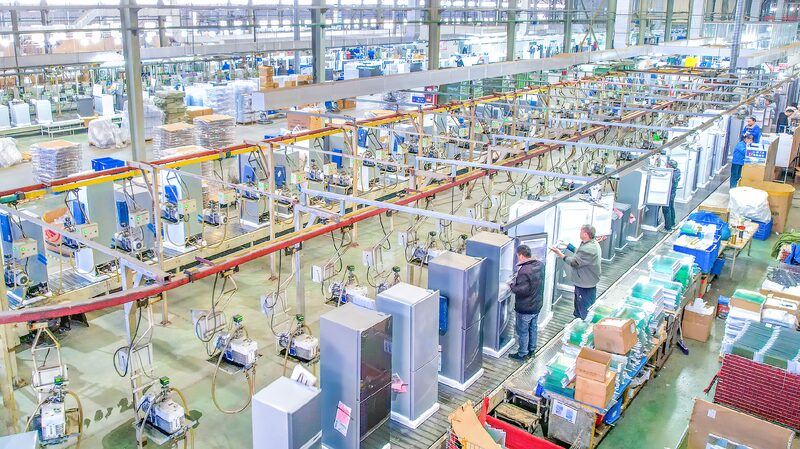China’s small and medium-sized enterprises (SMEs) are showcasing remarkable resilience, driving economic growth through innovation and adaptability. According to the latest China Small and Medium Enterprise Confidence Index released by Standard Chartered, the SME sector ended 2023 on a strong note, signaling robust activity and confidence.
In the manufacturing sector, a cornerstone of China’s economy, the performance sub-index for manufacturing SMEs climbed to an eight-month high of 52.2 in December. Sales, production, and new orders remained strong, indicating expanding manufacturing activity. Cross-border trading SMEs also saw growth, with the sales sub-index reaching its highest reading since April, reflecting resilient external demand.
While challenges remain—especially in the real estate and construction sectors—the recovery of their performance sub-indices to above-50 levels in December highlights the positive impact of enhanced policy support for SMEs.
To overcome hurdles like limited access to capital, China has introduced a special relending facility worth 500 billion yuan to support science and technology innovation and technological transformation. Chinese banks are leveraging digital technologies, such as artificial intelligence, to mitigate risks and provide credit to SMEs. For instance, MyBank, China’s first digital bank and a subsidiary of the Alibaba Group’s Ant Financial Services, has provided credit to more than 53 million SMEs in China.
Beyond traditional bank loans, China encourages SMEs to explore other financing sources, including venture capital and the capital market. The establishment of the Beijing Stock Exchange (BSE) in November 2021 marks a significant step toward supporting innovation-oriented SMEs. By November 2023, 257 firms were listed on the BSE, with a combined market value exceeding 660 billion yuan. Over 80 percent of these companies are SMEs, channeling funds into key and emerging industries like the digital economy, green development, and new materials.
Enhanced policy support has turned the SME sector into a major driver of China’s science and technology innovation. According to the China National Intellectual Property Administration, 75.3 percent of valid invention patents held by SMEs in China in 2023 were independently developed, marking a 3.9 percentage point increase from the previous year. The industrialization rate of these patents also rose to 55.1 percent.
Innovation-driven growth in the SME sector is crucial for unlocking new opportunities across industries and society. As China shifts towards advanced productivity and away from traditional growth models, empowering SMEs is essential to fully realize the sector’s potential.
Accounting for 50 percent of the nation’s tax revenue, 60 percent of GDP, 70 percent of national technological innovation, and 80 percent of urban employment, China’s SMEs remain the engine of economic growth and social development. Supported by innovation-led growth, the sector demonstrates China’s economic resilience and adaptability amid global challenges.
Reference(s):
cgtn.com








